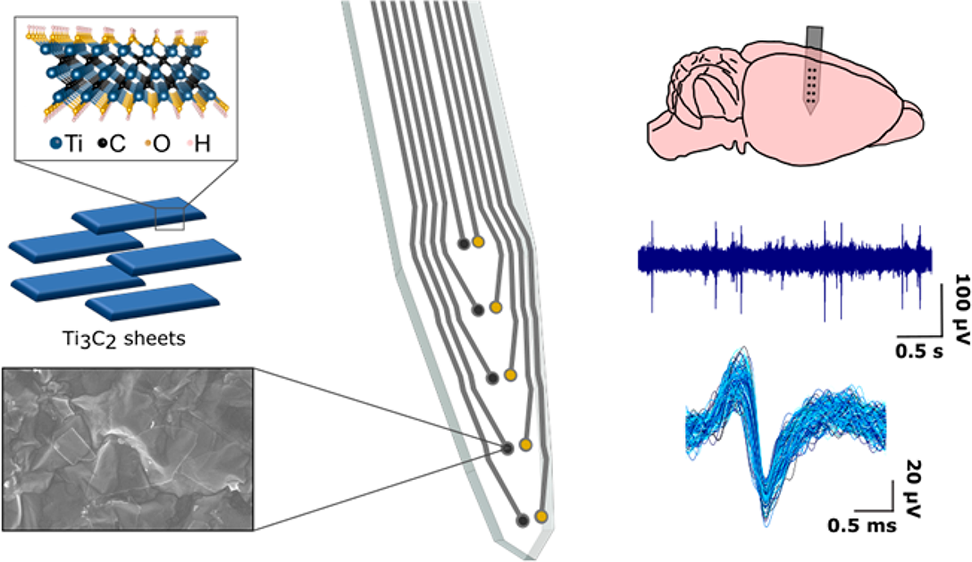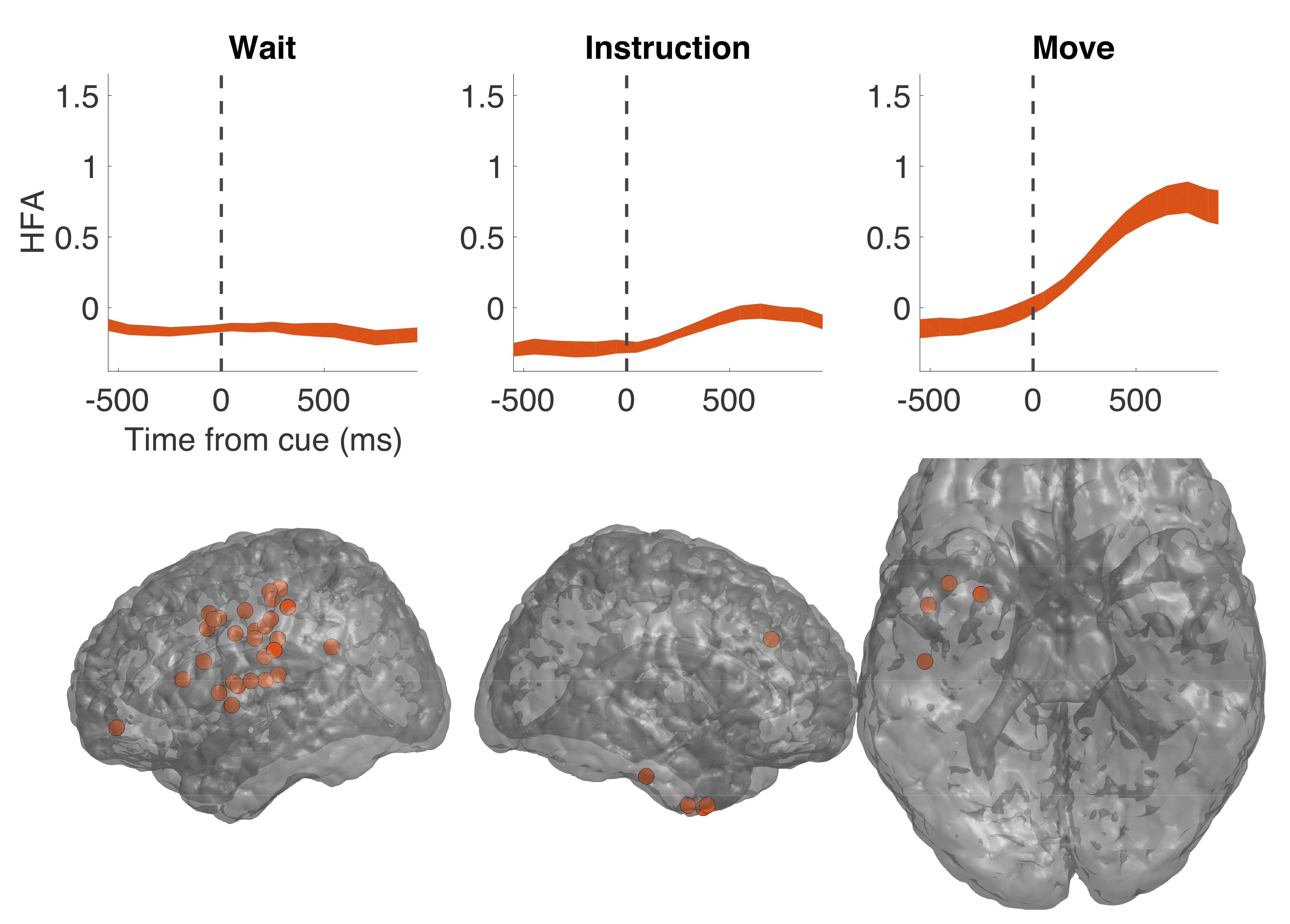Research
Brain-Machine Interfaces
Our basic science focus is on developing devices that interface directly with the brain to repair, replace, or modulate targeted neural pathways. This research has three distinct directions:
- The choice of electrode and substrate materials that are in direct contact with brain tissue is vital to the success of a BMI. We collaborate with materials scientists to characterize the in vivo functionality of promising materials.

- Most existing BMIs are confined to laboratories or hospitals where trained personnel oversee their use. Ultimately, electronics will need to be developed so that the whole system is wearable or implantable and can be used continuously in daily life. We collaborate with electrical engineers to design and test wearable and implantable BMI devices.

- The optimal paradigms for reading (decoding), writing (encoding), and re-wiring with BMIs remain to be elucidated. We perform experiments involving electrophysiology and psychophysics to test different paradigms, with a particular focus currently on encoding novel sensory information into the brain with microstimulation. For example, in swimming rats, we have used microstimulation to encode direction to an invisible goal location.
Human Neuroscience
We also conduct basic research studies in human epilepsy patients undergoing clinical monitoring with intracranial electrodes. Some of this research overlaps with our objective of developing novel BMI technology. More broadly, these studies are devoted to understanding the neural basis of human behavior and disease.


